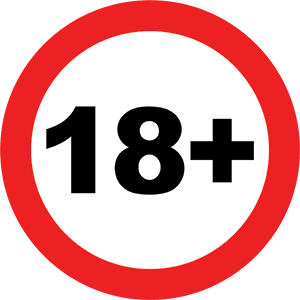
Tracking Line Movement: Tools and Techniques You Need
In the fast-paced world of sports betting, information is everything. But one of the most underrated sources of insight is line movement—how betting odds shift from the moment a market opens until game time. If you want to bet like a sharp, learning how to read and react to line movement is essential. Let’s break down the tools and techniques you need to spot real value.
What Is Line Movement?
Line movement refers to changes in betting odds or point spreads set by sportsbooks. These changes are usually caused by:
-
Sharp money (large, smart bets)
-
Public betting volume
-
Injuries or breaking news
-
Weather conditions
Example:
-
Opening line: Lakers -3.5
-
Game day line: Lakers -5.0
-
Movement = 1.5 points toward Lakers = Strong betting interest on them
Why Line Movement Matters
✅ Reveals Where the Money Is Going
-
Sharp money often causes early, sharp moves.
✅ Signals Market Reaction to News
-
Injury updates, weather changes, and public sentiment can all shift the line.
✅ Confirms or Challenges Your Pick
-
If the line moves against your side, it might be time to reassess.
✅ Helps You Time Your Bets
-
Sometimes it pays to bet early; other times, waiting gets you better odds.
Tools to Track Line Movement
Here are some must-use tools:
-
Odds Portal – Track live odds from multiple sportsbooks and see line history.
-
Action Network – Visual line movement charts + public vs sharp money indicators.
-
VegasInsider – Comprehensive opening/closing line snapshots.
-
Live Odds Providers (e.g. Covers, DonBest, VSIN)
-
Betting Exchanges (like Betfair) – Show real-time market sentiment and liquidity.
Techniques for Analyzing Line Moves
1. Compare Opening & Closing Lines
-
If the closing line consistently beats your number, your picks need adjustment.
2. Spot Reverse Line Movement (RLM)
-
If the line moves against public money, sharp action is likely influencing the books.
3. Monitor Steam Moves
-
Large, sudden line shifts across multiple sportsbooks = sharp action trigger.
4. Time Your Entry
-
Early in the week for sharp edges, late if you want to fade the public or take underdogs.
Tips for Smart Line Movement Analysis
-
Don’t overreact to small shifts—context is key.
-
Check betting percentages vs. line moves to spot mismatches.
-
Track your own results vs. the closing line (CLV).
-
Be consistent—track line movement as part of your regular process.
Final Thoughts
Tracking line movement isn’t about chasing the “right side”—it’s about understanding how the market thinks. Once you learn to read the shifts, you’ll gain a deeper edge and time your bets like a pro.










